Tennis
Wimbledon Tennis Tour Fast Facts
Wimbledon is arguably the most prestigious of the Grand Slam annual international tennis championships that form the four most important events in the tennis calendar.
Wimbledon takes place for two weeks from the last Monday in June at the All England Lawn Tennis Club in suburb of Wimbledon – thus the name. The first championship was played in 1877 and was won by Spencer Gore.
It is the only one of the Grand Slam championships to be played on grass courts – perennial rye grass to be precise.
The prize money is no less than £2 million each for the male and female singles champions although this has only been since 2007, before which women were paid less than their male counterparts.
As with most things British, tradition is important and Wimbledon has various traditions which are treasured and obliged by the attendees.
- White, purple and green are the predominant colours, with white being the colour of choice for the competitors. Heaven forbid you break this rule – no matter how rich and famous you are, you will be asked to change before you’re allowed on the court.
- Another tradition is strawberries and cream, and Pimm’s and lemonade – both of which are easy traditions to oblige.
- The players have to bow to the Queen of England or Prince Charles if they are present- and they often are. The announcers refer to the players as gentleman and ladies.
This last year in tennis has been an exciting one. Serena Williams was on a path to matching Steffi Graf’s record of 22 Grand Slam wins, when she was stunned by the German roadblock, Angelique Kerber at the Australian Open earlier in the year. She set her sights on the French Open, but was again blindsided, this time by the 22 year old Spaniard, Garbine Muguruza. When Wimbledon came, the world was waiting to see if she would crack under the pressure, and better yet, if she’d face her own sister, Venus, in the final. Neither of which came to fruition, as she went up again Kerber again, but this time with a resounding success to finally match Graf’s record.
In men’s tennis, things have been just as tense. With Novak Djokovic hot on Andy Murray’s tail, snatching both the Australian Open and French Open titles from him, UK supporters were anxiously watching Murray’s performance on his home court. Luckily for him, Djokovic got knocked out in the third round, and Murray went on to win his second Wimbledon title, the first being in 2013 against his old nemesis Djokovic.
Both Williams and Murray are currently in Rio waiting to defend their Olympic titles.
The rules broken down:
A coin is tossed to decide which player serves first and which side they want to serve from.
- The server serves from alternative sides on the base line. Their feet must stay behind the base line until they have served. If not, it’s a fault
- The server can botch their serve once, but if they do it twice, it’s called a double fault and the opponent gets the point.
- If the ball clips the net and it goes over into the playing area, it’s all good. If it hits the net and bounces back into the area from whence it came, it’s out.
- The receiver must let the ball bounce once once it is served or they’ll give their opponent the point.
- The aim of the game is to get your opponent to miss the ball or hit it out of bounds or into the net.
- Points are awarded in scores of 15, 30 and 40. 15 = 1 point, 30 = 2 and 40 = 3. You need 4 points to win a game. If the score 40-40 it’s called deuce. A player needs to win two points in a row to win from deuce. After winning one point from deuce the player is on advantage. If the player wins the next point they win the game, if they lose it goes back to deuce.
- There are six games in a set and three or five sets in a game. A set must be won by two games. If the set gets to 6-6, players will play a tie break of first to seven points. The final set doesn’t have a tie break and players have to win by two games with no limits.
- If a player touches the net, distracts his opponent or deliberately impedes the game they lose the point.
- The ball can hit any part of the line for the point to be called in.
- The tennis balls are changed for new ones every 6 games.
If you are looking at booking a trip to Wimbledon, speak to one of our expert travel consultants. Keith Prowse Travel offer a range of travel packages and tours that will make your Wimbledon trip unforgettable
We just need a few quick details.
Lorem ipsum dolor sit amet, consectetur adipiscing elit. Aliquam molestie leo ante, at vehicula est commodo a.
Comment now
Related Blog
OUR PARTNERSHIPS ENSURE UNPARALLELED QUALITY AND SERVICE, ENRICHING EVERY ASPECT OF YOUR EXPERIENCE.`

0
2022 – The Year of the Bucket List Trip!
Feb 25, 2022
The results are in and 2022 has been officially declared the year of the GOAT- “Greatest of all Trips”.

0
Melbourne’s Best Rooftop Bars
Jul 20, 2020
With an impressive mixture of food and activity, it’s no surprise that Melbourne’s line-up of bars are just as impressive.


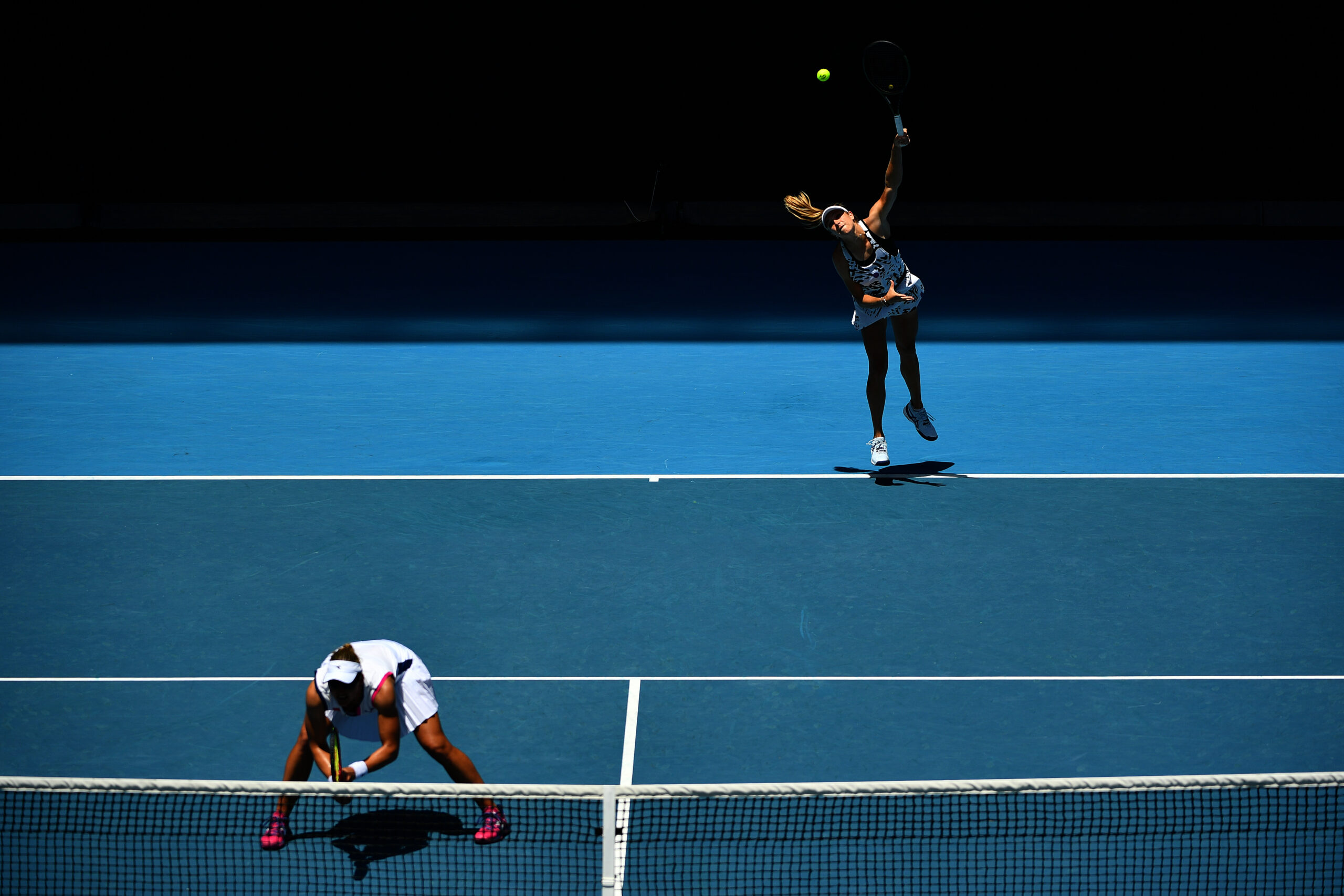
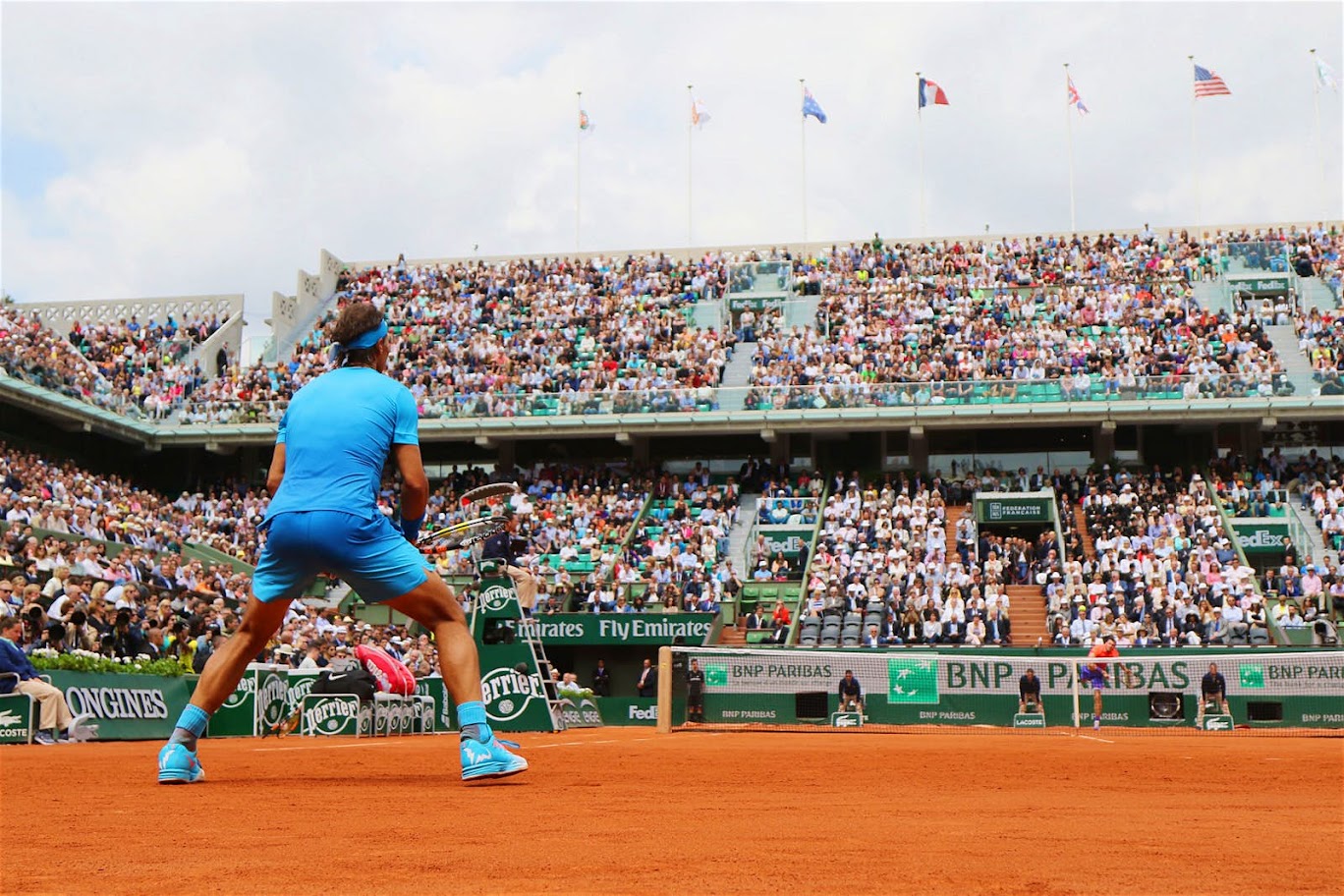



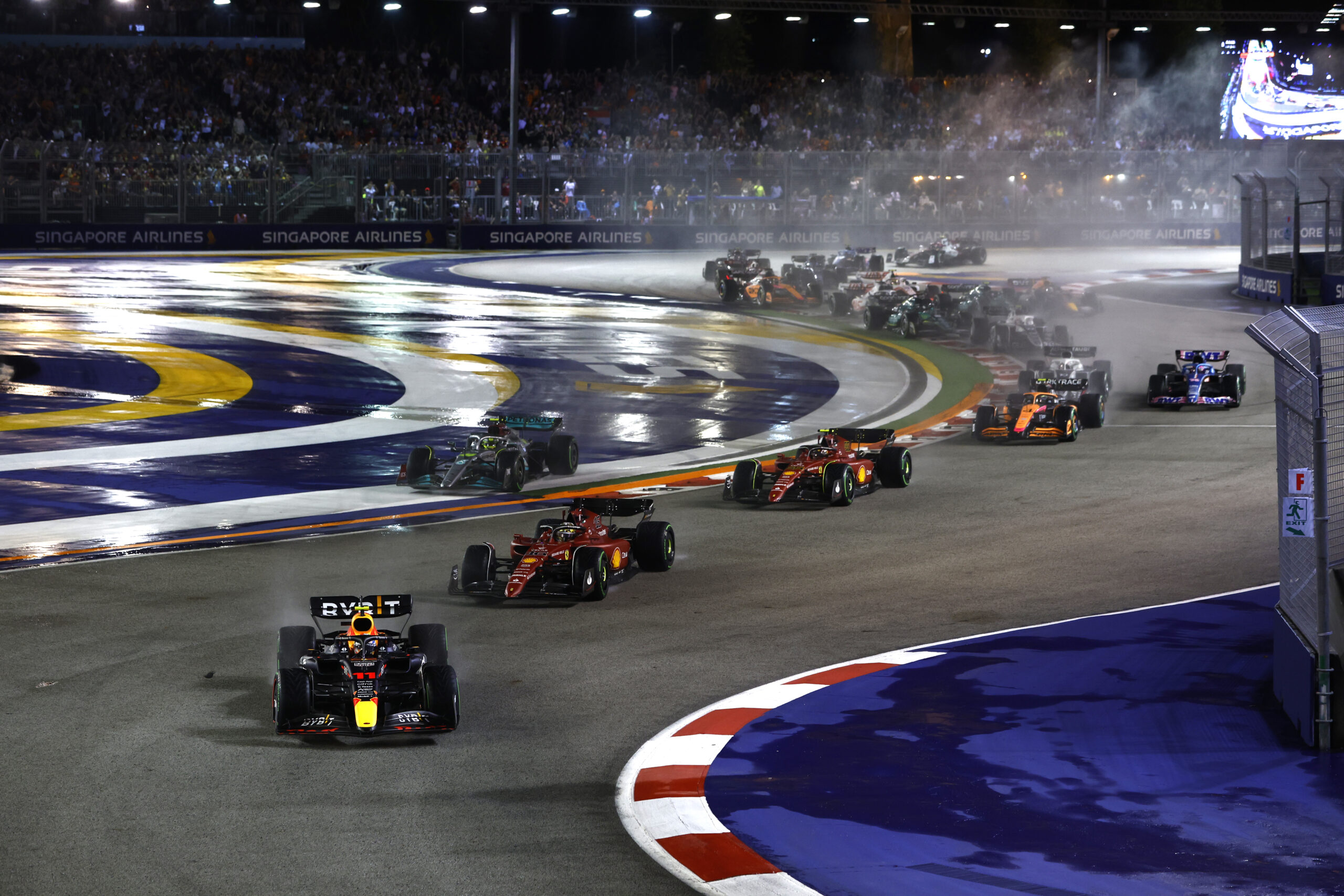


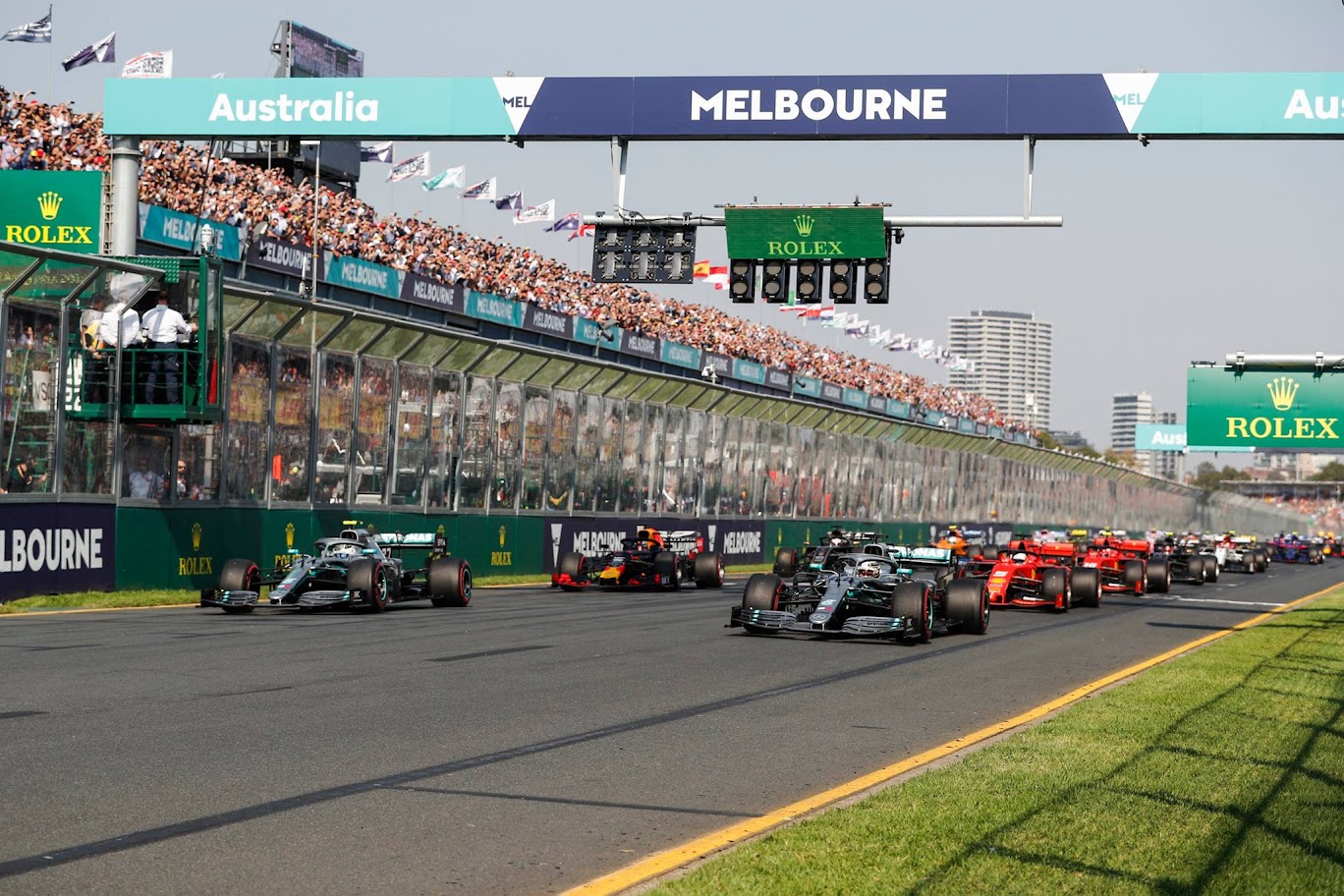

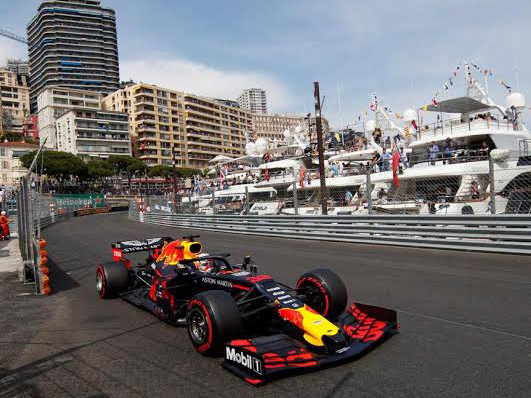








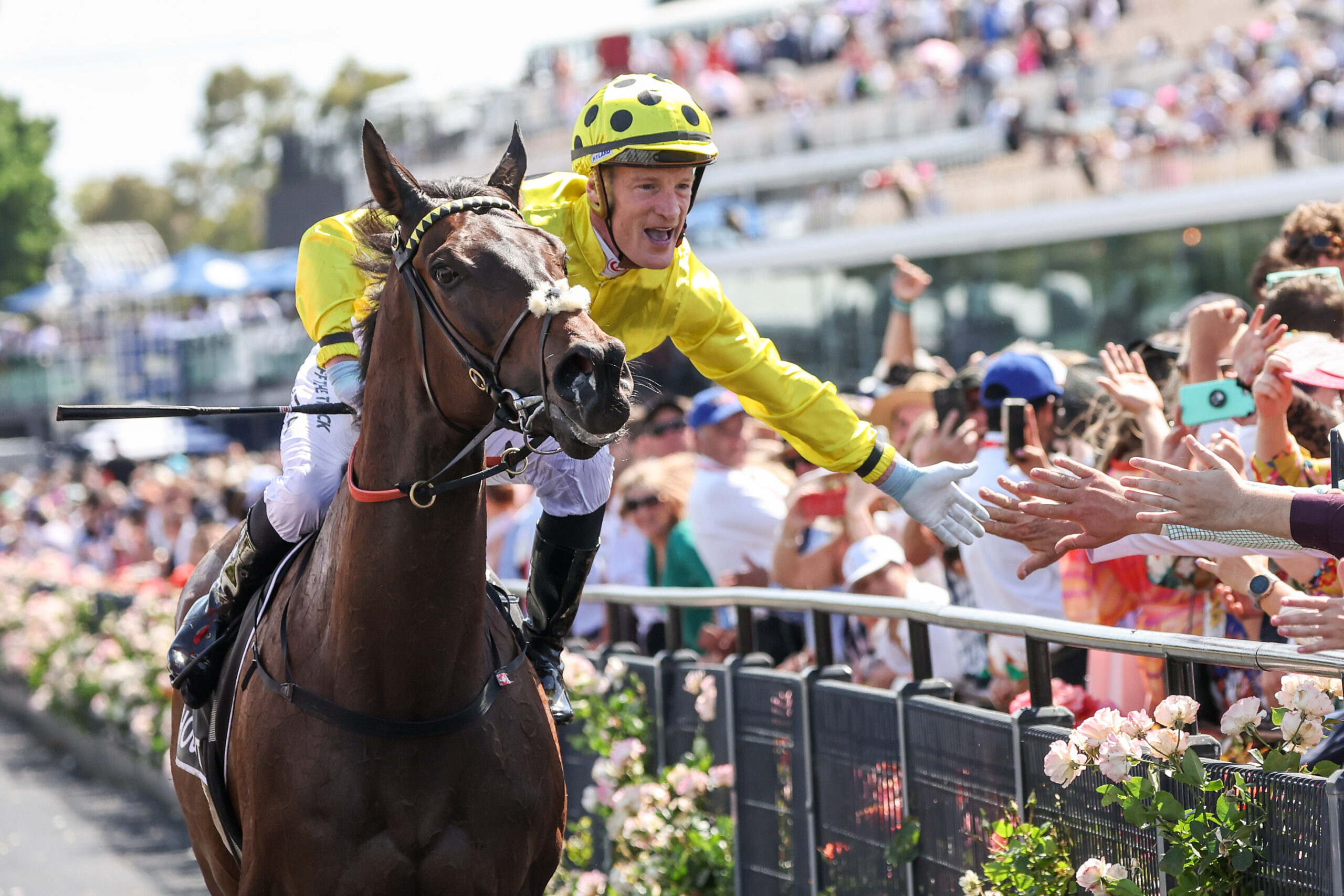
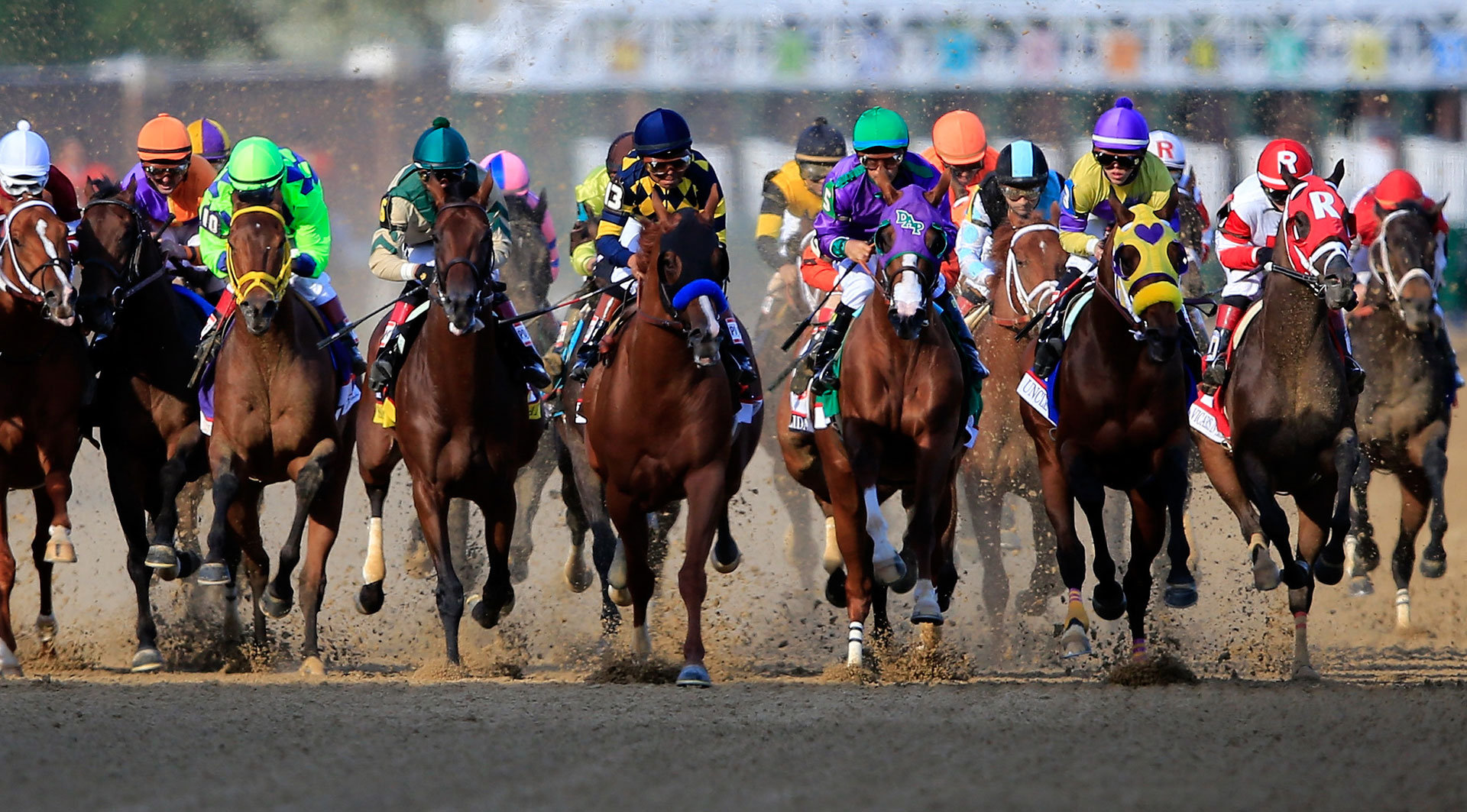


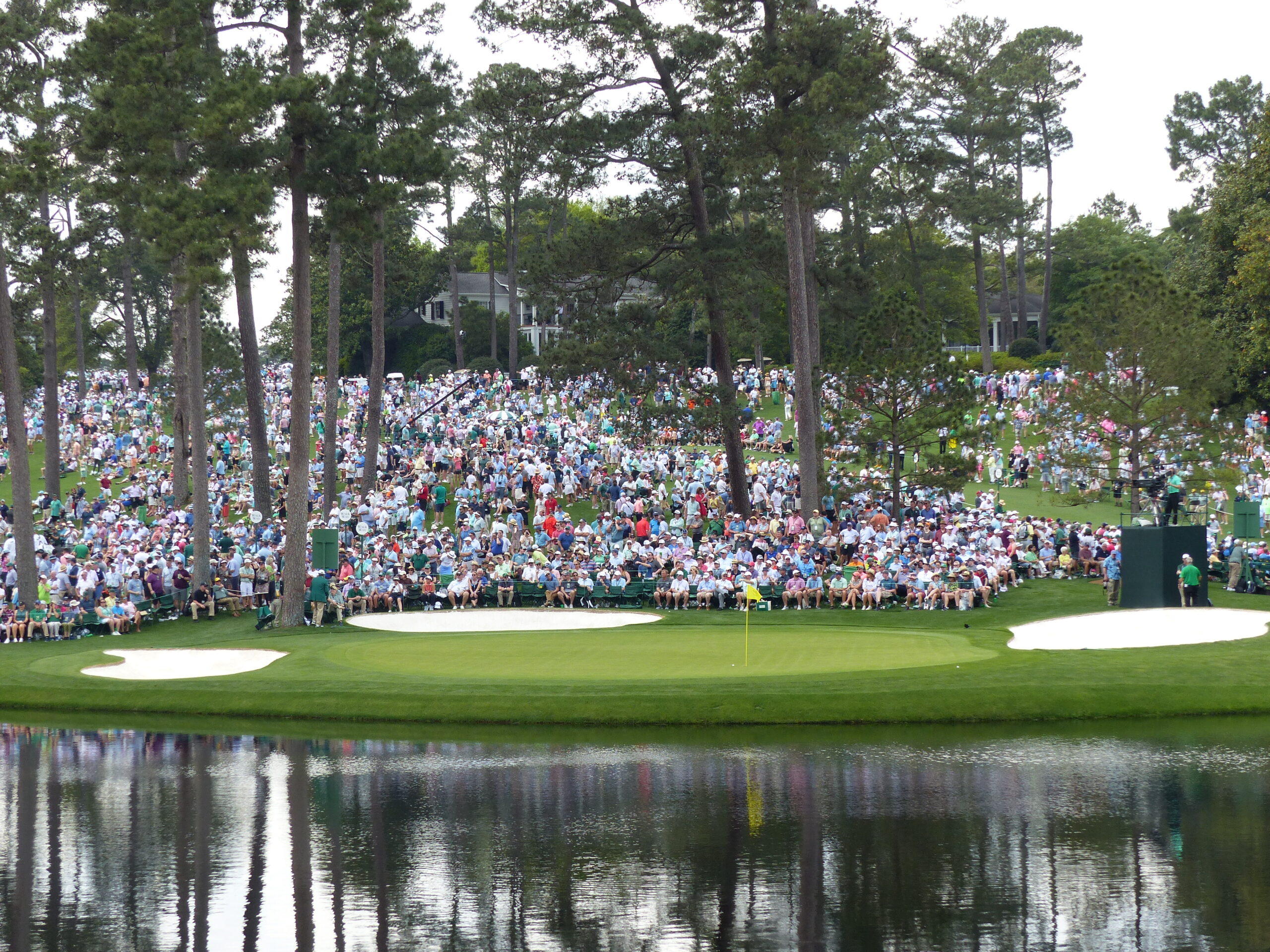


0 Comments